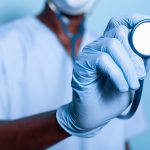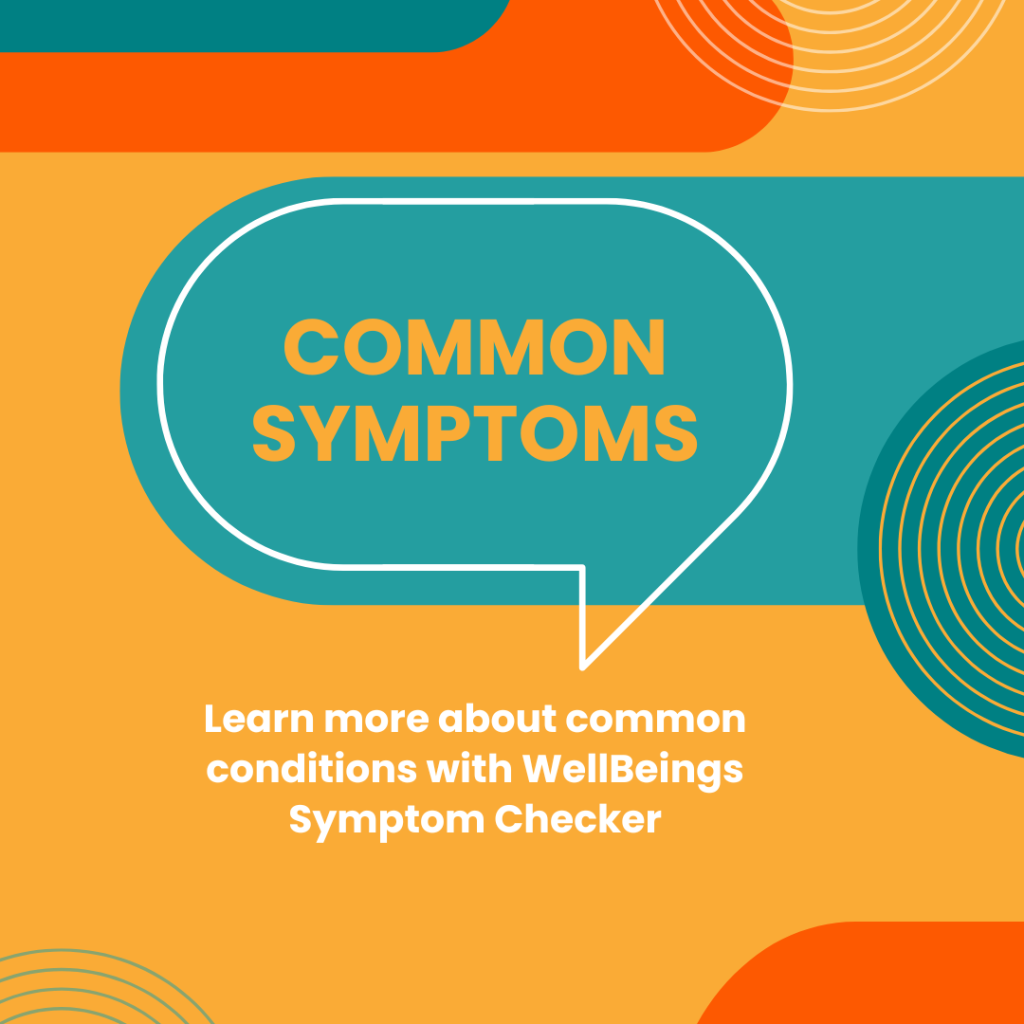Let’s not shy away from talking about testicular cancer; it’s an important men’s health issue
We know that cancer is always a scary word, but let’s take a deep breath and dive into learning about testicular cancer.
Quick Read:
- Testicular cancer is actually one of the most treatable and curable forms of cancer, especially if caught early.
- In the early stages of testicular cancer, doctors may remove either one or both of the testicles to treat the condition.
What is testicular cancer?
The testicles produce sperm and male hormones. Males normally have two testicles, which are behind the penis within a sac of skin, called the scrotum. Testicular cancer is relatively rare and most often affects males between ages 15 and 35. It usually affects only testicle and with early treatment, you can be on the road to recovery.
Need an example? Look no further than Sebastien Haller, a soccer player for the Ivory Coast, who returned to professional playing just six months after completing treatment. In fact, he scored the winning goal for the team in the Afcon 2023 tournament. Talk about inspirational!
Symptoms of testicular cancer
The testicles are an easy target for injury because of their location. Such injuries are particularly true during contact sports like soccer. In these instances, the pain should subside relatively quickly.
When it comes to testicular cancer, you should do regular self-exams, preferably after a bath or shower. Look for signs such as:
- A lump or swelling in one of the testicles.
- A feeling of heaviness or aching in the lower abdomen or scrotum.
- A sudden collection of fluid in the scrotum.
- Enlargement or tenderness in the breast/chest area (which can be due to hormonal changes).
- It’s important to remember that not all lumps or discomforts mean cancer, but it’s always better to be careful and get checked out by a doctor.
Testicular cancer self-exams
Self-exams are a great way to be proactive and monitor your health. Just as women should be doing regular self-exams for breast abnormalities, men can do testicular cancer checks. The best time to do a check is after a bath or shower, when the scrotum is relaxed. Here’s how to perform a self-exam:
- Stand in front of a mirror and check for any swelling on the scrotal skin.
- Gently roll each testicle between your fingers and thumb.
- Feel for any lumps, bumps, or changes in size or consistency.
- If you feel anything unusual, it’s important to visit your doctor for a professional evaluation. As you’ve read above, the earlier testicular cancer is caught, the easier it is to treat successfully.

Help at hand
First things first: if you are diagnosed with testicular cancer, don’t panic. Treatment usually starts with surgery to remove the affected testicle (called an orchiectomy). The procedure has a high success rate and doesn’t affect your ability to have children or lead a healthy life, as the other testicle can still function normally. A doctor may suggest other treatments, such as radiation or chemotherapy, depending on the stage of the cancer, but the majority of patients fully recover.
Remember, regular self-exams and being aware of changes in your body are important steps in catching testicular cancer early. If you ever have concerns, please don’t hesitate to speak to a doctor or specialist. The earlier you take action, the better. Let’s remove the fear factor from cancer and focus on being proactive with our health!
Do your best to stay as healthy as possible by including plenty of nutritious foods in your diet, cutting back on alcohol, quitting smoking, and exercising regularly each day. It’s your health. For life.
Images: Pexels

















